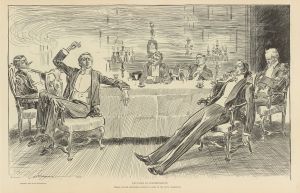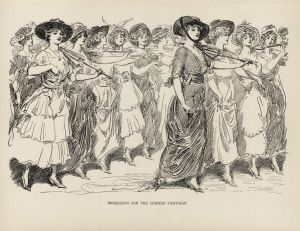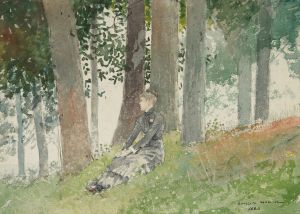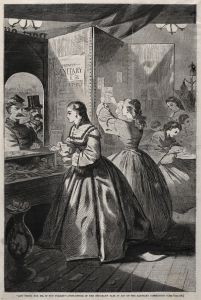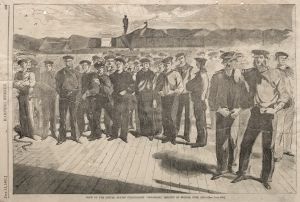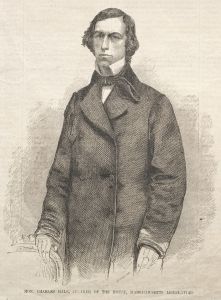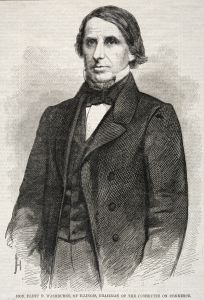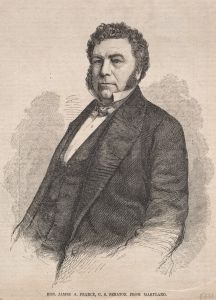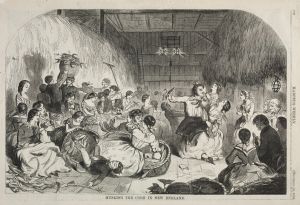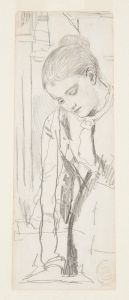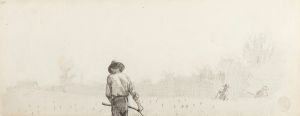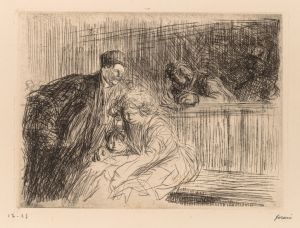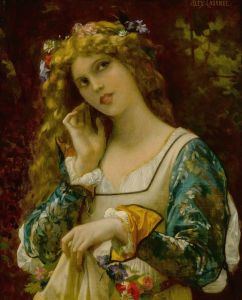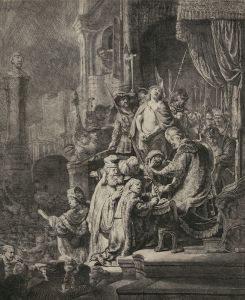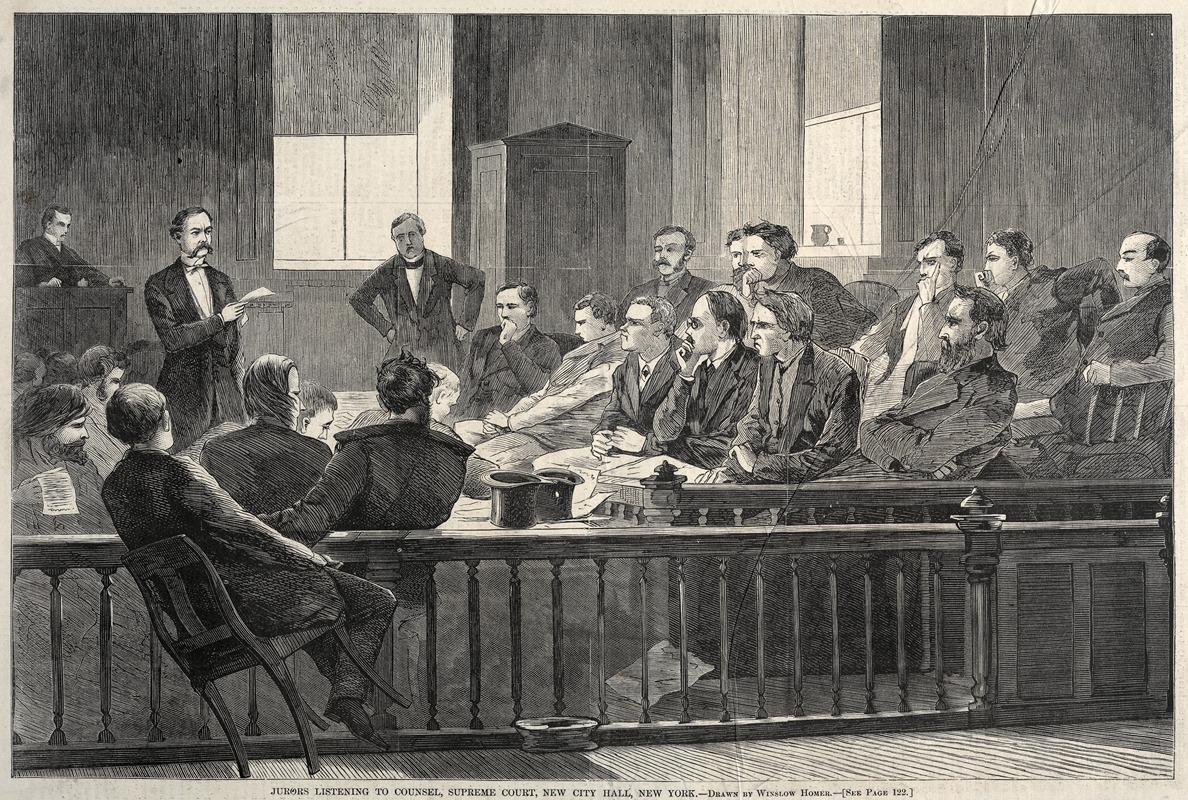
Jurors Listening to Counsel, Supreme Court, New City Hall, New York
A hand-painted replica of Winslow Homer’s masterpiece Jurors Listening to Counsel, Supreme Court, New City Hall, New York, meticulously crafted by professional artists to capture the true essence of the original. Each piece is created with museum-quality canvas and rare mineral pigments, carefully painted by experienced artists with delicate brushstrokes and rich, layered colors to perfectly recreate the texture of the original artwork. Unlike machine-printed reproductions, this hand-painted version brings the painting to life, infused with the artist’s emotions and skill in every stroke. Whether for personal collection or home decoration, it instantly elevates the artistic atmosphere of any space.
"Jurors Listening to Counsel, Supreme Court, New City Hall, New York" is a painting created by the American artist Winslow Homer in 1861. The work is an early example of Homer’s artistic career, which would later establish him as one of the most significant painters in 19th-century American art. This painting reflects Homer’s initial focus on scenes of contemporary life and his skill as an observer of human behavior.
The painting depicts a courtroom scene in the Supreme Court at New York’s New City Hall, showing jurors attentively listening to legal counsel. Homer’s composition captures the solemnity and seriousness of the judicial process, emphasizing the role of the jury in the legal system. The figures are arranged in a way that conveys their engagement with the proceedings, and the artist’s attention to detail highlights the individuality of each juror. This focus on realism and human expression is characteristic of Homer’s early works.
At the time this painting was created, Winslow Homer was working as an illustrator for publications such as Harper’s Weekly. His experience as an illustrator influenced his ability to depict scenes with narrative clarity and precision. While primarily known for his later works that focus on landscapes and maritime themes, Homer’s early career included numerous depictions of urban and social life, often reflecting the cultural and institutional settings of the time.
The painting is significant as it provides a glimpse into the 19th-century American legal system and the civic environment of New York City during this period. It also demonstrates Homer’s developing artistic style, which would later evolve into a more mature and distinctive approach to painting. The work is an example of how Homer used his art to document and interpret the world around him, even in his early years as an artist.
Currently, the painting is part of the collection of the Cooper Hewitt, Smithsonian Design Museum in New York City. It is valued for its historical and artistic significance, offering insight into both Winslow Homer’s early career and the cultural context of the United States in the mid-19th century.





